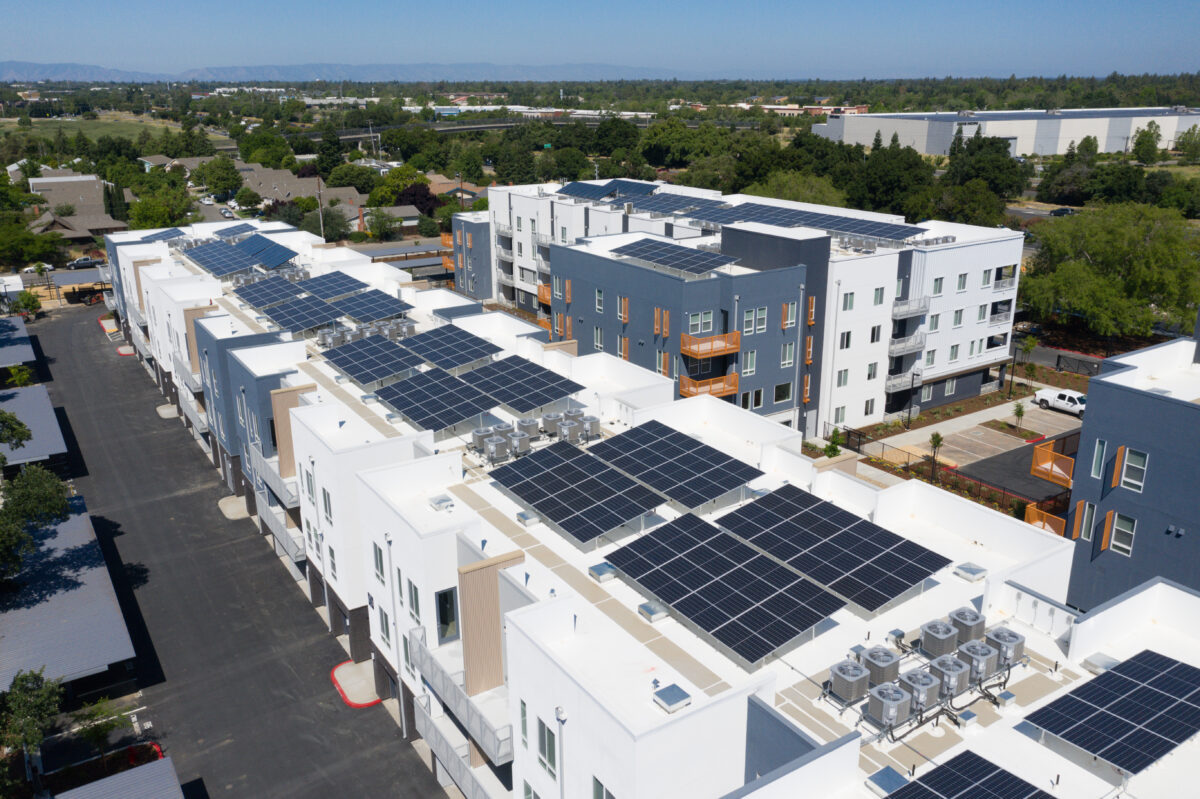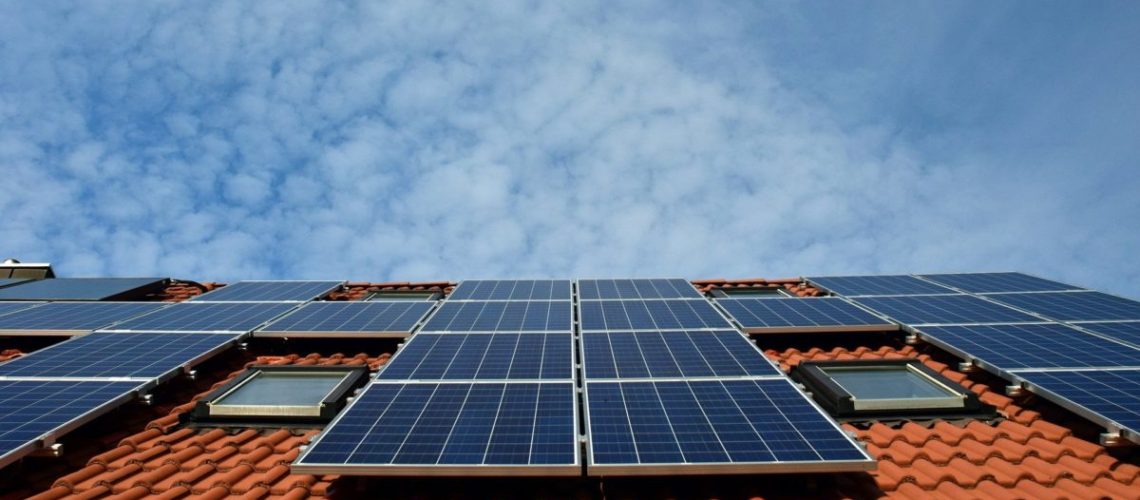California, a state that would rank within the five largest economic powers in the world if it were its own nation, is the premiere solar energy market. It was an early adopter and continues to be a solar powerhouse today.
An impressive 26.6% of California’s electricity is generated by solar panels, according to the Solar Energy Industries Association (SEIA). SEIA reports that it has enough solar to power over 11 million homes with a cumulative capacity of 41 GW. Altogether, Californians have installed more than 1.7 million solar projects.
Over the next five years the state is expected to add 22.6 GW, ranking it second behind Texas over the forecast period. Over $90 billion has been invested in solar and the industry employs over 75,000 people across over 2,000 businesses.
California targets a 100% clean energy goal by 2045. State planners estimate that it will need 110 GW of new solar to get there.
Incentives
There are numerous incentives, market-based options, and programs available to solar-ready Californians, and they have changed and evolved over time as the market matures. The most significant development over the last several years for the residential solar market is the change in rates provided under the state’s utilities’ net energy metering (NEM) program.
NEM involves the utility crediting a customer on their bill for sending excess solar production to the grid. As of April 15, 2023, California shifted from NEM 2.0 to NEM 3.0, cutting the value of these credits by about 75%. The controversial move was made as grid operators sought to address the mismatch between daytime solar generation and nighttime electricity demand.
As such, a residential solar project in California can no longer rely on NEM to establish a good return on investment. Instead, customers would benefit from installing undersized systems to avoid export losses, or installed systems paired with batteries to make the most of their investment. A case study on the options at-hand under NEM 3.0 can be found here.
Fortunately, the state has a Self-Generation Incentive Program (SGIP) that can alleviate the cost of battery energy storage. Customers are offered between $850 per kWh to $1,000 per kWh of battery capacity, which the Public Utilities Commission said can cover between 85% to 100% of the cost of a battery. For a 13.5 kWh Tesla Powerwall, the SGIP represents a rebate of $11,475 to $13,500.
Residential solar customers in California may also be offered other local or utility incentives as well, so it’s worth checking with an installer representative or searching the web for programs in your area. For example, customers of the Rancho Mirage Energy Authority are offered a one-time $500 rebate for installing solar.
As in all states, Federal incentives apply to solar projects in California as well. The Inflation Reduction Act established an Investment Tax Credit that covers 30% of the installed system costs. It also covers battery energy storage costs.
Solar installations are property tax-exempt in California, meaning that even though the assessed value of your home will rise with an owned solar array, property taxes will not rise as a result.
Informational site SolarReviews can help residential solar shoppers estimate the value of installing solar on their home based on local rates, incentives, and technology inputs.
Programs and mandates
A major change to the California solar industry is the establishment of a community solar program. While other forms of shared or community solar have been launched with mixed results in the past, the state is now rolling out a more robust program, bolstered by federal incentive programs and equity and environmental justice goals.
Community solar typically involves customers subscribing to an off-site solar facility, receiving a utility bill credit for the power it generates. The Department of Energy estimates community solar subscribers save an average of 20% on their bills. The California Senate recently proposed a $400 million investment in community solar.
AB 2316, the Community Renewable Energy Act, creates a community renewable energy program, including community solar-plus-storage, to overcome access barriers for nearly half of Californians who rent or have low incomes. The law ensures that at least 51% of subscribers are low-income customers, which is expected to make projects eligible for a 10% tax credit adder under provisions in the Inflation Reduction Act.
California recently passed Senate Bill 49, introduced by Senator Josh Becker (D-San Mateo). The law aims to support the buildout of solar above parking lots and along highways throughout California.
The bill includes two main provisions. First, it provides a sales tax exemption for the materials to build solar canopies over parking lots. Second, it requires the state to develop a plan to make its highway rights-of-way available for solar, energy storage and transmission infrastructure. By leasing state-controlled land along highways for solar power, California can earn revenue from lease payments and save money through avoided maintenance costs of leased areas.
New construction homes and commercial buildings located in viable, non-shaded sites are required include solar in their designs. The mandate went into effect for residential constructions in 2020, and the commercial buildings mandate went into effect in early 2023.
Notable project
Distributed solar installer Aspen Power announced it has completed the initial phase of solar projects for The Michaels Organization, covering a new multifamily housing construction with rooftop PV.

The Davis, California site is expected to generate 476,000 kWh of electricity in its first year of operations, offsetting an estimated 380 metric tons of carbon emissions, equivalent to avoiding burning 781 barrels of oil. The project will meet an estimated 20% of the building’s electricity needs and is expected to save residents an average of 5% on their Pacific Gas & Electric utility bills.
The installation satisfies California’s Title 24 requirements, which mandates multifamily properties to generate renewable energy on-site.
“By incorporating clean energy technology, we can offer our tenants the dual benefits of environmentally friendly power and reduced energy costs,” said Scott Cooper, vice president, The Michaels Organization.
Up next
Last time, pv magazine USA reviewed the solar incentives in Oregon, and next we will travel north to Alaska for our state-by-state roundup. For the tour of 50 states of solar incentives to date, click here.



